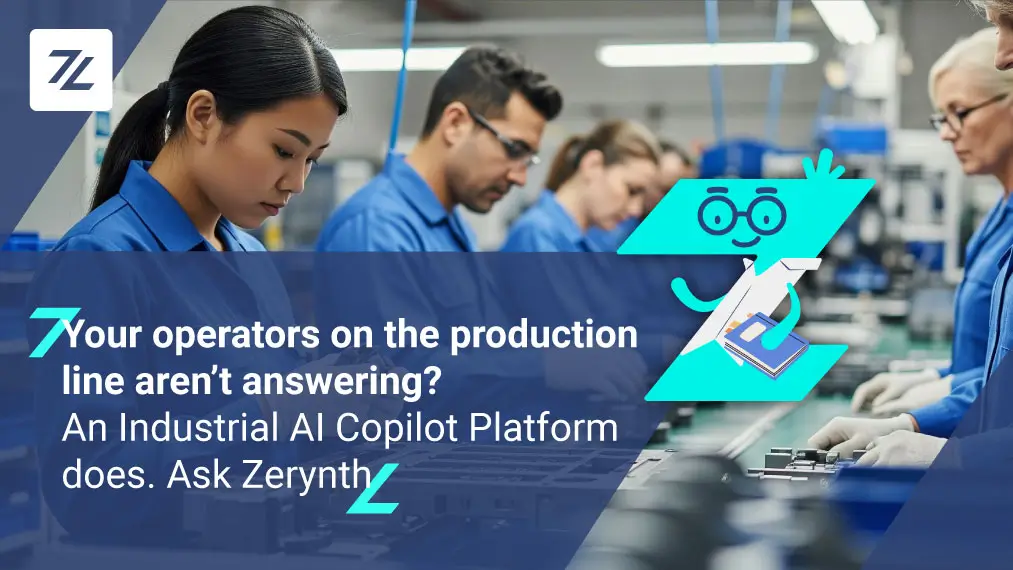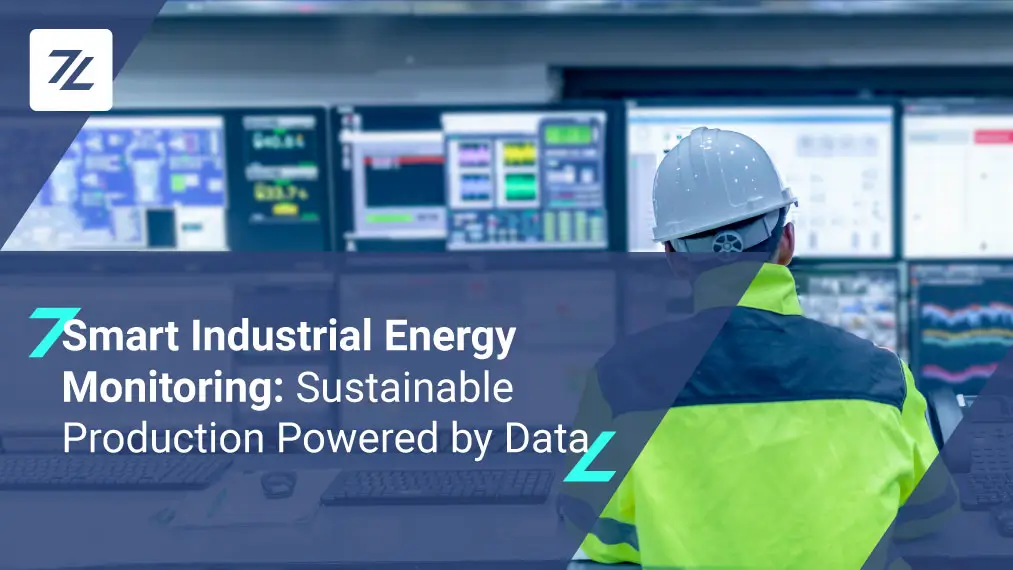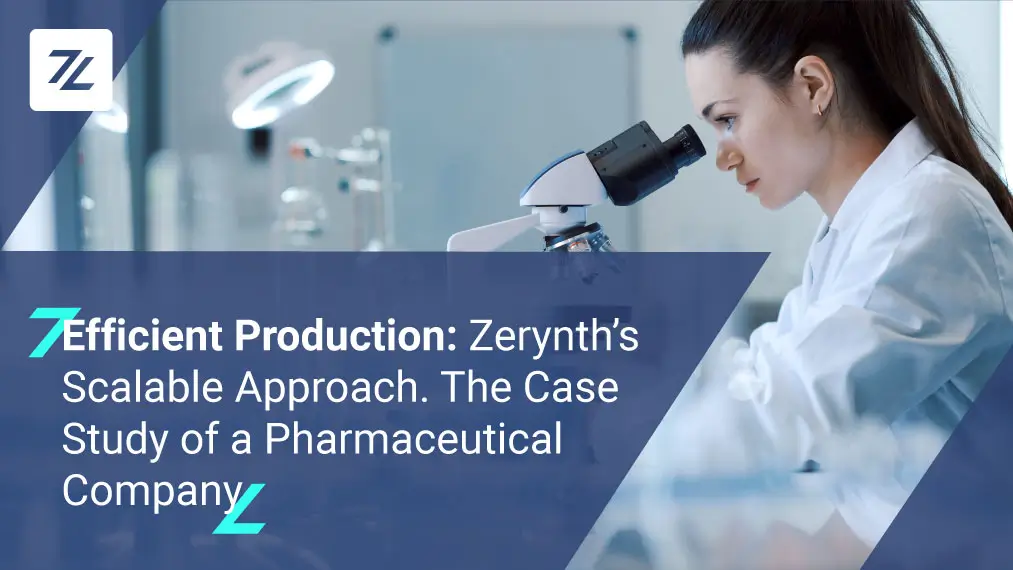AI is poised to reshape the Italian manufacturing industry, offering unprecedented opportunities to revitalize the sector.
But what is the true potential of this technology, and how can Italian companies harness it effectively?
In this article, we introduce Zerynth’s Manifesto for Accessible AI. Read on to discover more!
The Economic Potential of AI in Manufacturing Industry
The economic projections for AI’s impact on the manufacturing industry are remarkable. Recent studies indicate that AI implementation could contribute up to €312 billion to Italy’s GDP by 2038, representing an 18.2% growth. Notably, the metalworking sector alone is projected to see a profitability increase of around €20 billion.
Moreover, 47% of companies that adopted AI solutions for industrial applications reported a revenue growth exceeding 5%.
In the context of Industry 5.0 , where AI plays an increasingly central role, these results highlight that it is not merely a supporting technology but a transformative economic driver.
Despite promising prospects, the AI adoption path presents several challenges for Italian SMEs. Only 22 percent of SMEs have staff with advanced skills in digital technologies, while 30 percent report difficulties in raising funds for technology investments.
In addition to this, there is a crucial aspect, namely the internal data culture within the company: many companies have not yet developed a systematic data-driven approach, which is fundamental for the effective implementation of AI in the manufacturing industry.
Zerynth’s Manifesto for Accessible AI
To overcome these obstacles, innovative approaches are needed to make industrial AI applications more accessible. Zerynth’s Manifesto outlines fundamental principles to democratize AI in the manufacturing sector:
- Results-Oriented: AI must solve real problems and create tangible business impacts, aligning with each company’s specific needs.
- Collaborative: Instead of replacing humans, AI amplifies their capabilities, fostering synergy between technology and human expertise.
- Proactive: AI anticipates user needs, providing actionable insights and turning data into informed decisions.
- User-Friendly: Interfaces should be intuitive, enabling non-experts to leverage AI without technical barriers.
- Integrated Across Channels: AI adapts to existing company tools and communication modes.
- Transparent: AI decisions must be clear and verifiable, ensuring trust in the results.
- Secure: Interactions occur in a protected, compliance-aligned environment, prioritizing data privacy.
- Customizable: AI solutions adapt to each company’s requirements without demanding drastic system overhauls.
- Interoperable: Seamless integration with legacy systems ensures a unified interface for the entire operation.
- Evolving: AI solutions continually improve, keeping pace with market changes and new business challenges.
Zero: The Industrial AI Copilot
Zero, Zerynth’s Industrial AI Copilot, embodies all the principles of the Manifesto. Powered by Retrieval-Augmented Generation (RAG) architecture, Zero integrates a Large Language Model with continuously updated data sources, ensuring precise and reliable industrial support.
Zero’s Key Strengths:
- Active Monitoring: Tracks productivity, energy consumption, and operational metrics while identifying trends and anomalies.
- Proactive Maintenance: Detects early signs of potential issues, enabling predictive maintenance.
- Natural Communication: Features a user-friendly natural language interface for all operators.
- Seamless Integration: Connects with platforms like Telegram, Microsoft Teams, and Google Chat.
Figure 2 – Interaction with Zero
Zero is the centerpiece of a broader ecosystem, including:
- Smart Reports: Automates detailed reports on production, consumption, and emissions, streamlining ESG documentation and compliance with the Transition 5.0 Plan.
- AI Rules Engine: Enables data-driven rule creation to trigger alerts and optimize processes, minimizing downtime.
- Edge AI Layer: Processes data at the machine level, ensuring simple integration, enhanced security, and predictive maintenance through plug-and-play installation.
Want to see a real-world example of manufacturing digital transformation? Check out our latest case study on how MCA Truccazzano successfully implemented Zero!
Share This Story, Choose Your Platform!
Follow Zerynth on
Latest Posts






